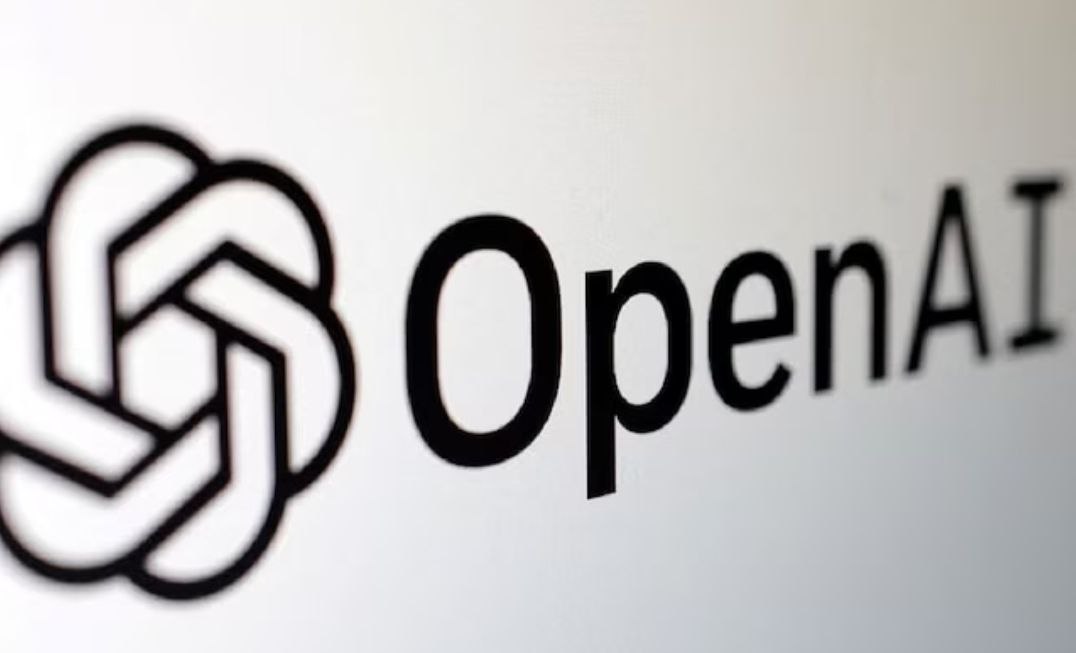Executives from Nvidia, OpenAI, Anthropic, and Google address the White House concerned with the energy use of artificial intelligence and data centers. Analyse what has been considered important in this important debate on sustainability of artificial intelligence.
Introduction: On one day at the White House, representatives of key companies in the field of artificial intelligence – Nvidia, OpenAI, Anthropic and Google – discussed one of the biggest issues facing the industry today: its high energy consumption. Over time, these advancements of AI technologies necessitate a massive computational power, making energy consumption a significant problem, especially in data centers. This meeting was to discuss how this impact would have to be addressed while still keeping with development of this technology that is reshaping industries globally.
Key Points:
Energy Demand: AI models often demand large computation resources leading to questions about energy utilization in large-scaled data centers.
Data Centers: It was centered on the problem of extending present approaches and the utilization of AI development to improve effective methods for data needs by more sustainable data centre.
White House Concerns: The U. S. government has a concern to seek ways and means so as to avoid compromising energy efficiency along with the progression of artificial intelligence.
Collaboration: Leveraging on current industry human authorities and government officials, frameworks that address the advantageous aspect of AI while putting into consideration the impacts on the environment is being created.
The Growing Energy Needs of AI

The Increasing Energy Requirement of AI
As more diverse industries integrate machine learning into their processes and products, healthcare, finances, entertainment, and security—AI’s processing requirements have surged. The essence of the new AI advancements such as GPT-4 and Anthropic’s Claude is their large scale which demands much processing power. The company Nvidia, which has been providing the backbone, the hardware for these model, has significantly contributed to development of AI capabilities, while also drawing attention to the fact that the amount of energy needed to train and run these models is obscene.
One issue raised in the meeting being the fact that soon artificial intelligence applications consume as much power as certain industries. Still, Google is no stranger to these issues because of its tight connection with the field of AI, owing to DeepMind, and a vast network of data centers. While the firm has been actively investing in energy-proportional data centers AI development is already stimulating the necessity to step up the game even further.
The Role Of Data Center

Data centre is another physical infrastructure that access, use, share, manage, protect, and store data.
Data centers, through which AI activities take place, are already among the major consumers of the electrical energy. AI’s advancement is leading to pressure on such facilities to expand their capacity and at the same time use sustainable practices.
The executives also talked about how model training and inference take a toll on current architecture. For example, training one big AI model might require as much energy as several hundred households could in several years. This has created pressure for the industry to consider how data centers are managed right from power sources all through to cooling mechanisms.
Nvidia, the company that supplies most of today’s GPU’s used in AI models has been trying to develop chips that would be energy efficient. On the other hand, You-tube that is owned by Google and Open AI are researching on how to balance the performance of the algorithms so that they can work with lesser computations.
White House Involvement

The Biden administration has been very strategic on observing the emerging features in AI innovations and the associated barriers including energy demand and support. The White House’s discussed interaction with the leaders of the Artificial Intelligence is in response to the recognition that technological advancement should not be at the price of the destruction of the environment.
In the emerge of this meeting, the officials from the White House stressed that it is necessary to integrate the representatives of business and government to develop solutions and tools to reduce the environmentally unfriendly effects of AI. This includes looking for the opportunities for the adaptation of renewable power sources in information centers and encouraging development of new AI models, which consume less power.
Collaborative Solutions
As one of the major developments of the meeting another party agreed on the need to work together. Business experts and governmental bodies realized that improving energy efficiency is as significant a challenge for AI industry as improving capabilities of AI.
Some potential strategies discussed included:
Energy-efficient hardware: Such chips are already on the works that big firms such as Nvidia are working on the next generation chips that will consume less power as they perform their tasks. There could be improvements in the future in cutting the energy needed in developing and using the AI models.
Algorithmic efficiency: Current AI companies such as OpenAI and Anthropic are searching for how to enhance current AI models; codes can be enhanced using fewer resources as possible while still retaining the strength and capabilities of the model.
Green data centers: Google has been at the front of this regard by developing new renewable energy-dependent data centers and others cooling mechanisms. These practices could be adopted as best practice as other firms continue to explore how they can optimally incorporate the technology with regards to the scale of adoption.
FAQs:
1. Why is AI so energy-intensive? AI models, especially large ones like OpenAI’s GPT or Google’s DeepMind, require vast amounts of computational power, which translates into high energy consumption, particularly in data centers.
2. How are tech companies addressing AI’s energy consumption? Companies like Nvidia are developing more energy-efficient hardware, while Google and OpenAI are optimizing AI models to reduce their computational demands. Additionally, investments in green data centers are helping to mitigate the environmental impact.
3. What was the outcome of the White House meeting on AI energy use? The meeting highlighted the importance of collaboration between the government and AI industry leaders to develop sustainable practices for AI energy use and data center management. Future strategies will focus on energy-efficient hardware, optimized algorithms, and green infrastructure.







